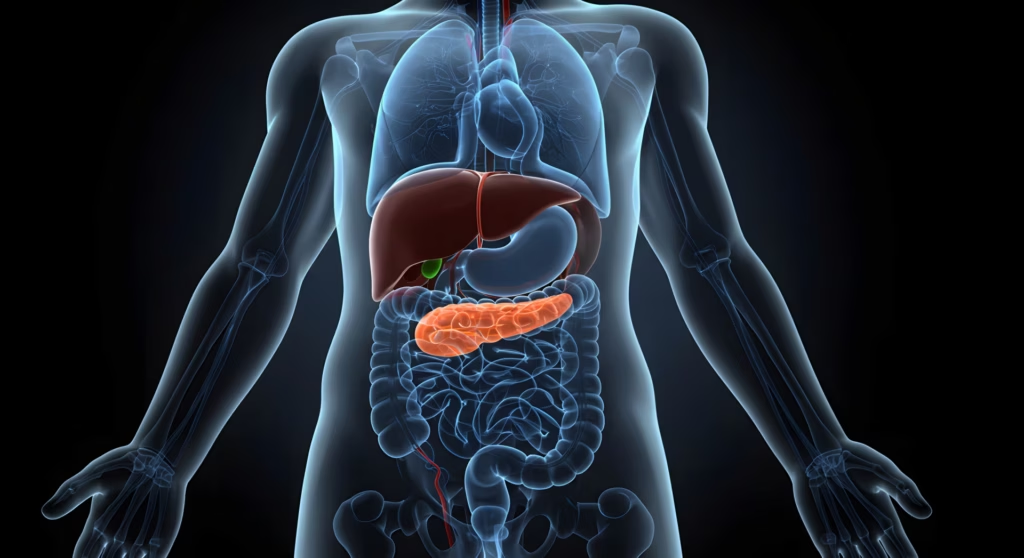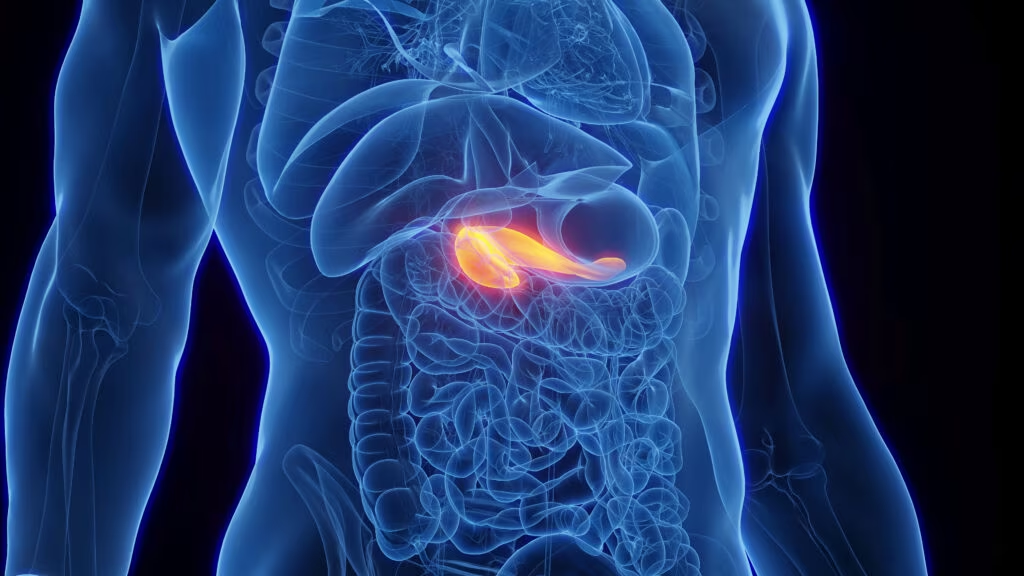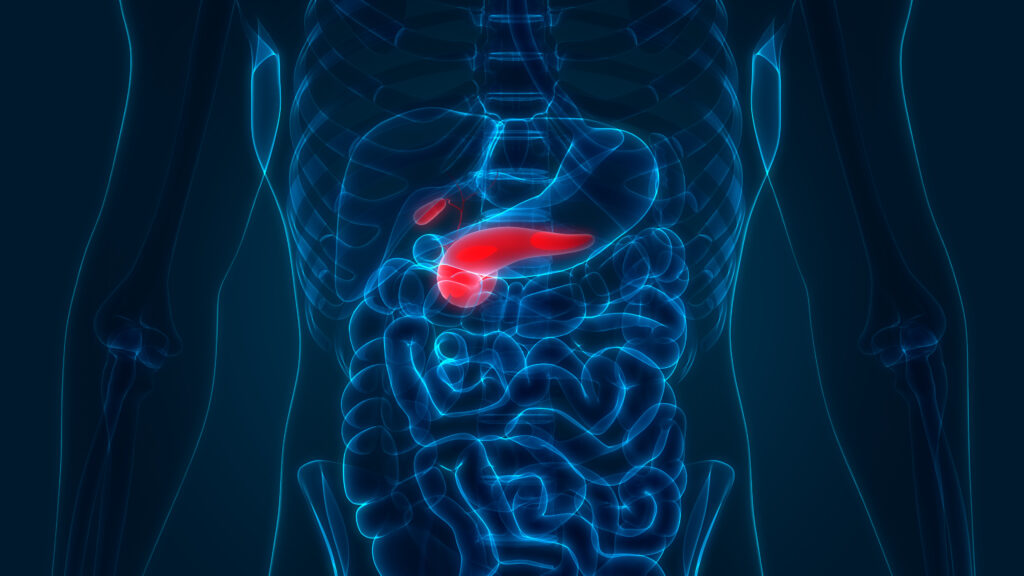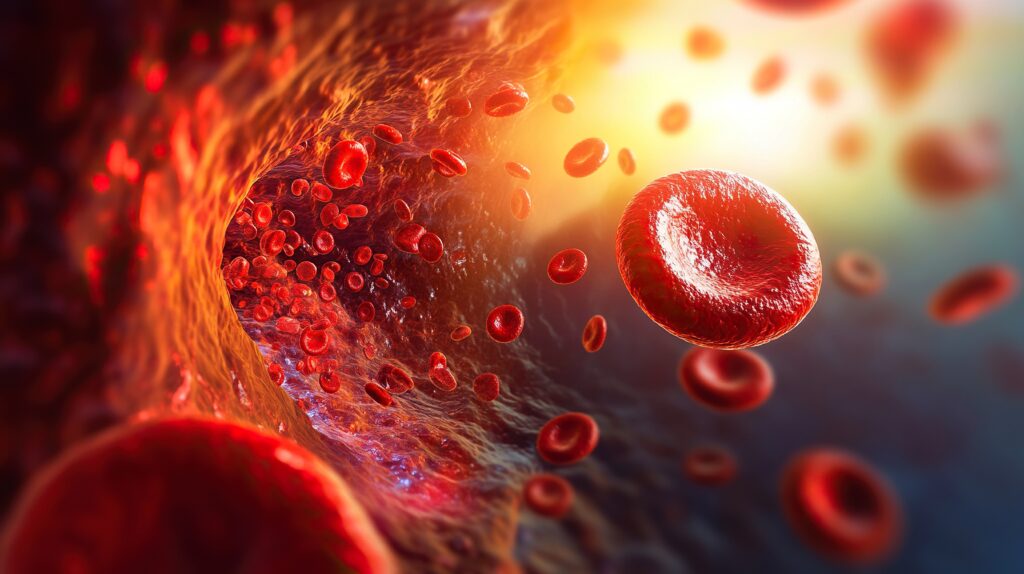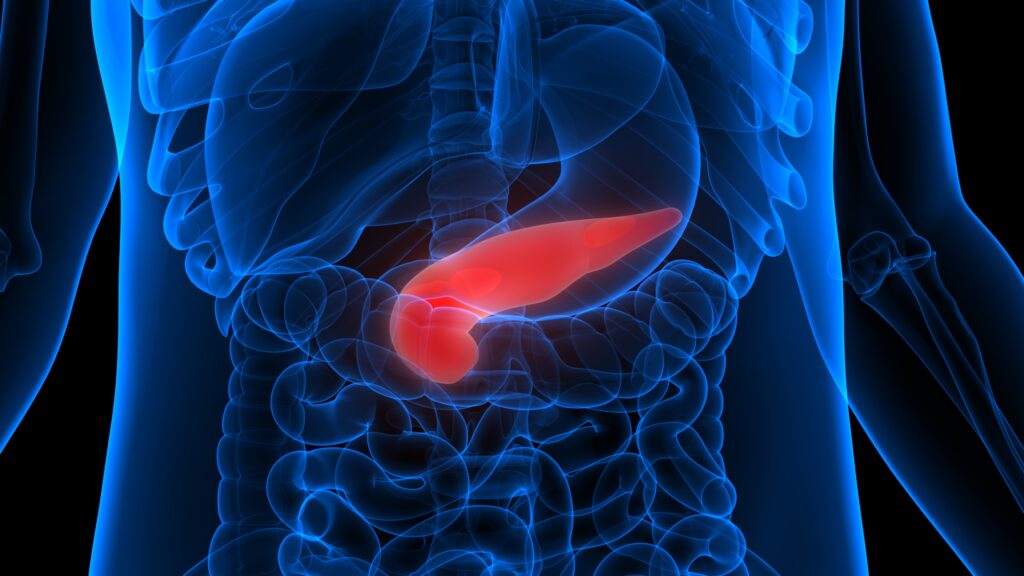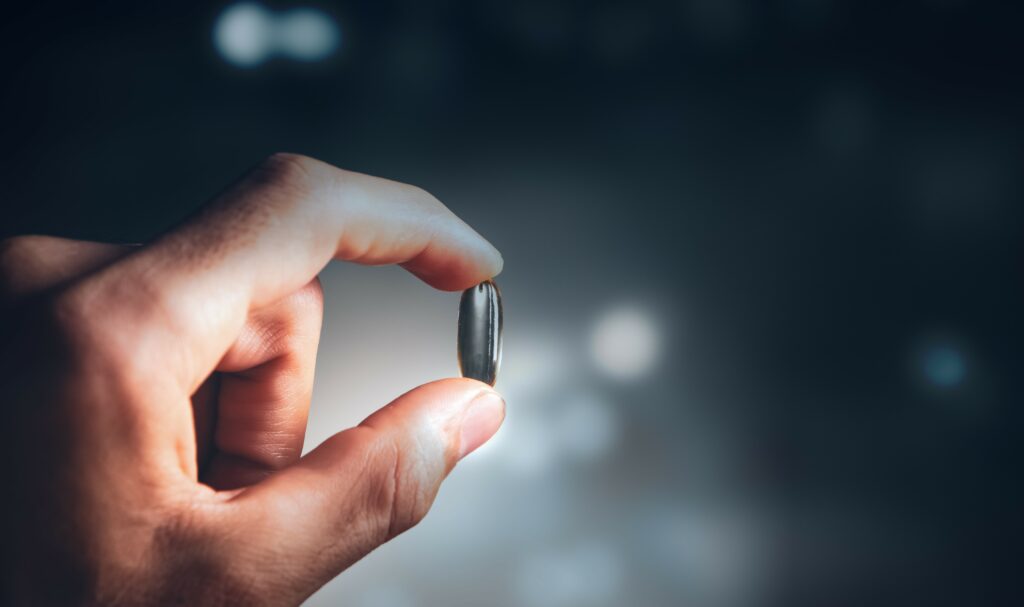In the USA, over 30 million people—about 10% of the population—have diabetes.1 Worldwide, the number of people with diabetes has risen sharply, especially in low- and middle-income countries. One in 11 adults—about 470 million people—had diabetes in the year 2019, and 700 million cases are projected worldwide by 2045.2 The vast majority of people with diabetes, >95%, have type 2 diabetes (T2D). Macro- and microvascular complications of T2D markedly increase morbidity and mortality. Notably, development of chronic kidney disease in diabetes, also referred to as diabetic kidney disease (DKD), compounds the already elevated risk of all-cause and cardiovascular death associated with diabetes.3–6
Glucagon-like peptide-1 (GLP-1) receptor agonists currently approved by the United States Food and Drug Administration (FDA), include exenatide, liraglutide, lixisenatide, dulaglutide, and semaglutide. The appearance of exenatide, the first-in-class GLP-1 receptor agonist to receive approval from the FDA in 2005, garnered enthusiasm about this new class of glucose-lowering medications that carried a low risk of hypoglycemia and helped patients with T2D lose weight. Shortly thereafter, in 2008, the FDA disseminated a Guidance for Industry which laid out a roadmap to conduct cardiovascular outcome trials (CVOTs) designed to assess the cardiovascular safety of newly approved glucose lowering agents.7 CVOTs for several GLP-1 receptor agonists have demonstrated beneficial results with regard to primary cardiovascular disease outcomes and main secondary kidney disease outcomes. As a result, multiple professional organizations, including the American Diabetes Association (ADA), the American Association of Clinical Endocrinologists (AACE), the American College of Endocrinology (ACE), the European Association for the Study of Diabetes (EASD), and the European Society of Cardiology (ESC), now recommend GLP-1 receptor agonists for patients with T2D who are at risk of atherosclerotic cardiovascular disease and DKD.8–11
This review discusses current evidence for use of GLP-1 receptor agonists based upon available data from clinical trials, as well as a review of plausible biological mechanisms by which GLP-1 receptor agonists convey cardiovascular and kidney protection. Additionally, it provides clinical practice recommendations for the use of GLP-1 receptor agonists in patients with T2D.
Kidney disease outcomes of clinical trials with glucagon-like peptide-1 receptor agonists
To date, trials for liraglutide, semaglutide, exenatide, and dulaglutide have reported secondary outcomes for kidney disease in diabetic patients. For the purpose of discussing these trials, DKD is considered an interchangeable term for chronic kidney disease in diabetes and diabetic nephropathy.
Liraglutide
The LEADER (Liraglutide Effect and Action in Diabetes: Evaluation of Cardiovascular Outcome Results) CVOT enrolled patients with T2D and high cardiovascular risk, with a median follow-up duration of 3.8 years.12 Approximately 23% of participants had moderate-to-severe DKD. The primary composite cardiovascular outcome was death from cardiovascular causes, myocardial infarction, or stroke (3-point major adverse cardiovascular events [MACE]), which occurred in fewer patients receiving liraglutide (608/4,668 patients; 13%) than in those receiving placebo (694/4,672; 15%). The difference was statistically significant for non-inferiority (hazard ratio [HR] 0.87; 95% confidence interval [CI] 0.78–0.97; p<0.001). This finding led to a new indication for liraglutide for reducing the risk of MACE in adults with T2D and established cardiovascular disease (Table 1).12–18

Compared with placebo, liraglutide treatment was associated with a lower rate of the secondary outcome for kidney disease, a composite of new-onset macroalbuminuria, doubling of serum creatinine and creatinine clearance <45 mL/min/1.73 m2, end-stage kidney disease, or death due to kidney disease. The kidney disease outcome occurred in 161 patients treated with liraglutide compared with 215 patients randomized to receive placebo (HR 0.74; 95% CI 0.60–0.91; p=0.004; Table 2).12,14,16,17,19 The decline in estimated glomerular filtration rate (eGFR) at 36 months was -7.4 versus -7.8 mL/min/1.73m2 in the liraglutide and placebo groups, respectively; showing a significantly slower decline in the liraglutide group.20 However, shorter treatment duration (26 weeks) with liraglutide did not demonstrate a beneficial effect on eGFR decline, perhaps due to insufficient observation time.21

Semaglutide
The effects of the injectable and oral formulations of semaglutide on cardiovascular and kidney outcomes were evaluated in two large CVOTs. The SUSTAIN-6 (Trial to Evaluate Cardiovascular and Other Long-term Outcomes with Semaglutide in Subjects with Type 2 Diabetes) trial enrolled patients with established cardiovascular disease, chronic kidney disease, or both.17 The median duration of follow-up for study participants was 2.1 years. Treatment with injectable semaglutide was non-inferior to placebo for the primary composite outcome of first occurrence of 3-point MACE (HR 0.74; 95% CI 0.58–0.95; p<0.001 for non-inferiority; Table 1). In addition, semaglutide was also superior to placebo for the primary cardiovascular outcome. SUSTAIN-6 had a secondary outcome of new or worsening DKD, which was lower in the group receiving semaglutide (HR 0.64; 95% CI 0.46–0.88; p=0.005; Table 2). The benefit seen in the semaglutide group on new or worsening DKD was primarily driven by differences in macroalbuminuria. Based on SUSTAIN-6, injectable semaglutide was given an indication to reduce MACE in adults with T2D and established cardiovascular disease.22
The PIONEER-6 (Peptide Innovation for Early Diabetes Treatment) trial assessed the cardiovascular safety of oral semaglutide in people with T2D and cardiovascular or DKD. After a median duration of follow up of 1.3 years, oral semaglutide showed non-inferiority when compared with placebo for the primary composite outcome of 3-point MACE (HR 0.79; 95% CI 0.57–1.1; p<0.001 for non-inferiority). This trial report has not yet reported kidney disease outcomes.18 To date, oral semaglutide does not carry an indication for reduction of MACE.
Lixisenatide
The ELIXA (Evaluation of Lixisenatide in Acute Coronary Syndrome) trial enrolled patients with T2D and a recent history of myocardial infarction or hospitalization for unstable angina.16 Study participants were followed within the trial for a median 2.1 years. A large proportion of participants had microalbuminuria (1,148/6,068) or macroalbuminuria (389/6,068). Lixisenatide proved non-inferior to placebo for the primary composite outcome of cardiovascular death, myocardial infarction, stroke, or hospitalization for unstable angina (HR 1.0; 95% CI 0.89–1.2; p<0.001), but did not demonstrate superiority (Table 1).
An exploratory analysis of ELIXA investigated the proportional change in albuminuria and eGFR according to baseline albuminuria status and examined the time to new-onset macroalbuminuria and doubling of serum creatinine. After adjustment for traditional DKD risk factors, lixisenatide was shown to reduce progression of albuminuria in participants who were macroalbuminuric (-39%; 95% CI -69 to -9.8; p=0.007). Lixisenatide treatment was also associated with a lower risk for new onset macroalbuminuria adjusted for baseline and time-varying glycated hemoglobin (HbA1c) (HR 0.81; 95% CI 0.66–0.99; p=0.04 and HR 0.82; 95% CI 0.66–0.99; p=0.049, respectively), but no differences in eGFR decline were observed between treatment groups.23
Exenatide
The EXSCEL (Exenatide Study of Cardiovascular Event Lowering) trial enrolled patients with T2D with (10,782/14,752; 73%) or without (3,970/14,752; 27%) previous cardiovascular disease.15 The primary cardiovascular composite outcome (3-point MACE) met criteria for non-inferiority in participants on once-weekly exenatide compared with placebo; however, it did not reach statistical significance for superiority (HR 0.91; 95% CI 0.83–1.0; p<0.001 for non-inferiority; Table 1). After a median follow-up period of 3.2 years, the mean change in eGFR from baseline (77 mL/min/1.73 m2 in the exenatide group and 76 mL/min/1.73m2 in the placebo group) was similar in both treatment arms.15,24 New-onset macroalbuminuria was noted in 2.2% and 2.5% of participants in the exenatide and placebo groups, respectively (HR 0.87; 95% CI 0.70–1.1; p=0.19).24 Another recently reported post-hoc analysis compared the effects of twice-daily exenatide versus titrated insulin glargine on eGFR and albuminuria in patients with T2D without overt DKD.18 This post-hoc analysis similarly did not find a beneficial effect of exenatide on eGFR decline or progression of albuminuria.25
Dulaglutide
The cardiovascular safety of dulaglutide was assessed in the REWIND (Researching Cardiovascular Events with a Weekly Incretin in Diabetes) trial.14 A total of 9,901 participants with T2D were enrolled in REWIND and followed for a median duration of 5.4 years. Notably, approximately 30% of enrolled participants in REWIND had a previous history of cardiovascular disease, with the remaining majority of participants being a “primary prevention” group with cardiovascular risk factors. REWIND additionally had a lower mean HbA1c compared with other CVOTs with GLP-1 receptor agonists (Table 1). Overall, the primary composite outcome (3-point MACE) was significantly reduced in participants receiving dulaglutide versus placebo (HR 0.88; 95% CI 0.79–0.99; p=0.026). Based on findings from REWIND, dulaglutide was granted an indication to reduce the risk of MACE in adults with T2D with established cardiovascular disease or multiple cardiovascular risk factors,26 making dulaglutide the first GLP-1 receptor agonist to receive an indication for primary prevention of MACE. Because the benefits of dulaglutide in the REWIND trial were not limited to participants with an elevated HbA1c, the REWIND trial has also supported recent recommendations for use of GLP-1 receptor agonists in patients with T2D at high risk for, or with, established atherosclerotic cardiovascular disease, irrespective of baseline HbA1c or individualized HbA1c target.13
The AWARD-7 trial (A Study Comparing Dulaglutide With Insulin Glargine on Glycemic Control in Participants With Type 2 Diabetes (T2D) and Moderate or Severe Chronic Kidney Disease [CKD]) was the first clinical trial of a GLP-1 receptor agonist in patients with T2D selected for moderate-to-severe DKD (mean eGFR 38 mL/min/1.73 m2). Both dulaglutide treatment groups experienced less eGFR decline when compared with participants in the insulin glargine treatment group: mean eGFR decline was -3.3 mL/min/1.73 m² in the insulin glargine group versus
-0.7 mL/min/1.73 m2 in both higher (1.5 mg weekly) and lower (0.75 mg weekly) dose dulaglutide-treated groups. Among AWARD-7 participants with macroalbuminuria, who are at high-risk for DKD progression, a marked attenuation of eGFR decline was observed (mean -5.5 mL/min/1.73 m2 in the insulin glargine group versus -0.7 mL/min/1.73 m2 and -0.5 mL/min/1.73 m2 in the dulaglutide 0.75 mg weekly and 1.5 mg weekly groups, respectively; Table 2).19 Notably, fewer participants in the higher dose dulaglutide group reached the composite endpoint of end-stage kidney disease or ≥40% eGFR decline compared with the insulin glargine group (5.2% versus 11%, p=0.038; Table 2).19 The secondary kidney disease outcomes from REWIND support the AWARD-7 findings. In REWIND, approximately 20% and 35% of participants had an eGFR <60 mL/min/1.73 m2 or microalbuminuria, respectively (Table 1).14 The main secondary kidney disease outcome included new onset macroalbuminuria, sustained decline in eGFR of ≥30%, or end stage kidney disease. Treatment with dulaglutide compared with placebo resulted in significantly fewer participants experiencing a kidney-related event (17% versus 20%; p<0.001; Table 2).
Putative mechanisms for kidney and cardiovascular benefits of glucagon-like peptide-1 receptor agonists
Primary non-glycemic benefits of GLP-1 receptor agonist therapy are reduction of body weight and blood pressure. GLP-1 receptor agonists produce a mean weight loss of approximately 3 kg per available clinical trial data.27 In the CVOTs, mean systolic blood pressure was typically reduced by 3–4 mmHg.28 Such reductions in body weight and blood pressure also contribute to cardiovascular risk reduction. Although glycemic control was improved with GLP-1 receptor agonist therapy compared with placebo in the CVOTs, glucose lowering per se in previous clinical trials for T2D did not reduce risk for major atherosclerotic cardiovascular disease events.29–31 Therefore, the clinical benefits of GLP-1 receptor agonists are not likely to be fully explained by improvements in traditional risk factors.
A plausible hypothesis is that GLP-1 receptor agonists protect the heart and kidney via anti-oxidative and anti-inflammatory effects that mitigate key mechanisms of kidney and cardiovascular damage in diabetes.32–35 It is not yet determined to what extent these effects are mediated by the GLP-1 receptor, which is expressed in many tissues, including the rodent glomerulus and the human kidney, cardiomyocytes, and autonomic nervous system tissues. (Figure 1).36–40

Diabetes is a state of ongoing inflammation arising from activation of the innate immune system, which may manifest clinically as increases in circulating immune cells and markers of inflammation.34,41–44 The circulating biomarkers are primarily mediators of the acute phase of the innate immune response, including serum amyloid A, sialic acid, C-reactive protein, and interleukin-6.45,46 Hyperglycemia correlates with higher circulating levels of inflammatory mediators, and glycemic control is associated with their reductions.44 This sustained inflammatory state is a predisposing factor for DKD, as reflected in increased urinary markers of inflammation, including α1-acid glycoprotein 1, haptoglobin, clusterin, α2-HS-glycoprotein, and mannan-binding lectin serine protease 2.47,48
A proposed paradigm for the pathogenesis of DKD includes a series of metabolic and hemodynamic insults instigated by the diabetic milieu that cause inflammation, fibrosis, and eventual loss of kidney function. Persistent hyperglycemia, insulin resistance, oxidative stress, and elevated production of advanced glycation end-products result in activation of the immune response early in the course of diabetes.32,33,41 This immune response, in turn, drives inflammation that worsens over time, causing inflammatory cell infiltration of the kidney, and perhaps activation of the resident T-cell populations in the kidney.49 Invasion of these inflammatory cells ultimately results in upregulation of growth factors and pro-fibrotic cytokines that cause fibrosis and destruction of the kidney parenchyma.33,50,51 Some of the mechanisms contributing to fibrotic deposition in the glomerulus are impaired breakdown of fibrotic proteins by matrix metalloproteinases and upregulated matrix protein production in mesangial cells.52
GLP-1 receptor agonists reduce both the inflammatory response and oxidative stress, perhaps explaining their beneficial effect on DKD. For instance, in adults with T2D, native GLP-1 and exenatide attenuate circulating levels of a number of inflammatory and oxidative stress biomarkers (interleukin-6 and -1β, monocyte chemoattractant protein-1, adhesion molecules, prostaglandins, serum amyloid A, tumor necrosis factor-α, toll-like receptors, and circulating mononuclear cells).53 In experimental DKD models, GLP-1 receptor agonist treatment exhibits anti-inflammatory and antioxidative effects, resulting in protection from endothelial injury and reduction of proteinuria.38,54 A plausible explanation for these anti-inflammatory and anti-oxidative effects is inhibition of nicotinamide adenine dinucleotide phosphate oxidase by increased production of cyclic adenosine monophosphate and protein kinase A.55,56 Preclinical studies in murine and cell culture models of diabetes show that liraglutide, exedin-4, and GLP-1 reduce histological and functional damage associated with DKD by decreasing mesangial expansion, glomerular hypertrophy, proliferation of mesangial cells, and tubulointerstitial and glomerular fibrosis (Figure 1).38,54,57–61
Cardiovascular disease pathogenesis in T2D is multi-factorial and includes metabolic and hemodynamic insults as well as intracellular changes associated with activation of inflammatory signaling. The major consequences of T2D and chronic inflammation are deposition of atherosclerotic plaque, endothelial dysfunction, cardiac myocyte hypertrophy, and myocardial fibrosis.62 These, in turn, have negative effects on ventricular relaxation and contractility, as well as microvascular and macrovascular perfusion. In addition, the metabolic insults of diabetes produce impaired substrate switching in the heart, resulting in energetic deficits.63 Together, these insults predispose to heart disease.
For example, liraglutide treatment promotes autophagy in cardiomyocytes, while interactions between GLP-1 receptor agonists and the autonomic nervous system may cause tachycardia.64,65 Additionally, cardiovascular protection by GLP-1 receptor agonists has been described in both preclinical and human studies. These protective effects include reduced inflammation, improved left ventricular function, increased plaque stability, and amelioration of ischemic injury. Exenatide directly induces vasodilation in humans through stimulation of nitric oxide production in the vascular endothelium.66 Both liraglutide and semaglutide modify atherosclerotic processes in humans with T2D, and in two mouse models of atherosclerosis (the APOE-/- and LDLr-/- models).67 Anti-atherosclerotic effects of liraglutide observed in mice include blocking low-density lipoprotein uptake and foam cell development.68 Studies on non-diabetic rats and isolated rodent hearts demonstrate reduced infarct size, increased glucose uptake by myocardial cells, and reduction of ventricular pressure with infusion of GLP-1 receptor agonists.69–71
Similarly, in ex vivo ischemia reperfusion experiments, GLP-1 receptor agonist infusions demonstrate rapid cardioprotection.72,73 Several clinical studies confirmed these findings in patients with acute ST-segment elevation infarct. Treatment with exenatide and liraglutide decreased infarct size, with evidence of improved left ventricular function as assessed by echocardiography or cardiac magnetic response imaging after 38 days to 3 months.74–76
Current clinical use of glucagon-like peptide-1 receptor agonists
GLP-1 receptor agonists are highly effective glucose-lowering agents in T2D, the original indication for their development. The ADA, EASD, ESC, and other professional organizations recommend GLP-1 receptor agonists as an option for patients not meeting individualized glycemic goals to reduce hyperglycemia and HbA1c. The GLP-1 receptor agonist class is also a preferred option for patients with T2D who have a need to minimize hypoglycemia or to minimize weight gain or promote weight loss. Notably, the ADA additionally recommends a GLP-1 receptor agonist in preference to insulin for patients with T2D who require greater glucose lowering than can be achieved with oral agents.8 They also recommend a “GLP-1 receptor agonist with good efficacy for weight loss” for weight reduction. Based on weight loss observed in clinical trials, the following hierarchy is recommended: semaglutide > liraglutide > dulaglutide > exenatide > lixisenatide. It is worth noting that liraglutide (marketed as Saxenda®, Novo Nordisk, Plainsboro, NJ, USA) carries an additional indication from the FDA for use as an adjunct to a reduced-calorie diet and increased physical activity for chronic weight management in adults who are overweight or obese.77
When considering a glucose-lowering agent in a patient with T2D, the first recommended consideration, per the 2020 ADA Standards of Medical Care in Diabetes and the EASD/ESC Consensus Statement, is whether or not the patient has indicators of high-risk or established atherosclerotic cardiovascular disease (ASCVD), DKD, or heart failure.8,11,78 If a patient does meet these criteria, it is recommended that an agent with evidence for cardiovascular or DKD risk reduction be considered independent of the patient’s current HbA1c or individualized HbA1c target. Notably, this recommendation is stated as actionable whenever one or more of these comorbidities arise. ASCVD is considered to predominate if a patient has established ASCVD or if they have indicators of high ASCVD risk (defined by the ADA as being >55 years of age with coronary, carotid, or lower extremity artery stenosis of >50% or with left ventricular hypertrophy). In patients who meet these criteria, the use of a GLP-1 receptor agonist or a sodium–glucose cotransporter-2 (SGLT2) inhibitor with proven cardiovascular benefit is preferred (Table 1). Within the ADA Standards of Care, agents with “proven cardiovascular benefit” are operationally defined as those with a labeled indication for reducing cardiovascular events. Liraglutide, dulaglutide, and subcutaneous semaglutide are the only GLP-1 receptor agonists currently with a labeled indication to reduce the risk of MACE, although several other GLP-1 receptor agonists have reported benefits on MACE and other cardiovascular-related outcomes (Table 1).
For patients with DKD, the use of an SGLT2 inhibitor is preferentially recommended by the ADA, EASD, and ESC. If an SGLT2 inhibitor cannot be taken, due to a contraindication, intolerance, or low eGFR, a GLP-1 receptor agonist is recommended. These recommendations apply particularly to patients with an eGFR of 30–60 mL/min/1.73 m2 and a urinary albumin-to-creatinine ratio >30 mg/g according to the ADA.8 GLP-1 receptor agonists address multiple clinical considerations important for patients with DKD including kidney protection, along with safe and effective glycemic control, body weight loss, and cardiovascular risk reduction. In addition, it is also key to consider which agent(s) may best align with the lifestyle of a given patient (e.g., dosing frequency, subcutaneous injection versus oral administration). Safety and tolerability should also be considered based on the risks and potential benefits of alternative treatment approaches. Table 3 provides a summary of FDA-approved indications and administration considerations for currently available GLP-1 receptor agonist products.22,26,79–83

In summary, a patient-centered approach should guide the selection of GLP-1 receptor agonists for patients with T2D. Key considerations include:
- risks of hypoglycemia, DKD, and cardiovascular disease;
- impact on body weight;
- cost and availability;
- side effect profile; and
- patient preferences.
In patients with T2D who need greater glucose lowering than can be obtained with oral agents, GLP-1 receptor agonists are preferred to insulin when possible. A GLP-1 receptor agonist with demonstrated cardiovascular benefit is recommended independent of HbA1c among those who have atherosclerotic cardiovascular disease. In patients with DKD, a GLP-1 receptor agonist may be used to safely and effectively treat hyperglycemia while also reducing albuminuria and eGFR decline. The medication regimen and medication-taking behavior should be reevaluated at regular intervals (every 3–6 months) and adjusted as needed to incorporate patient-specific factors that impact the choice of treatment.
Conclusions
Recommendations for clinical use of GLP-1 receptor agonists among patients with T2D are evolving rapidly, reflecting data emerging from numerous clinical trials. GLP-1 receptor agonists reduce risks of both atherosclerotic cardiovascular disease and DKD. There are likely to be direct receptor-mediated mechanisms of protection in the heart and kidney, as well as indirect effects related to reducing hyperglycemia, body weight, and blood pressure. Research supporting the use of GLP-1 receptor agonists is rapidly developing and could further expand the use of these agents to indications such as kidney disease and cardiovascular disease in individuals with and without diabetes.



